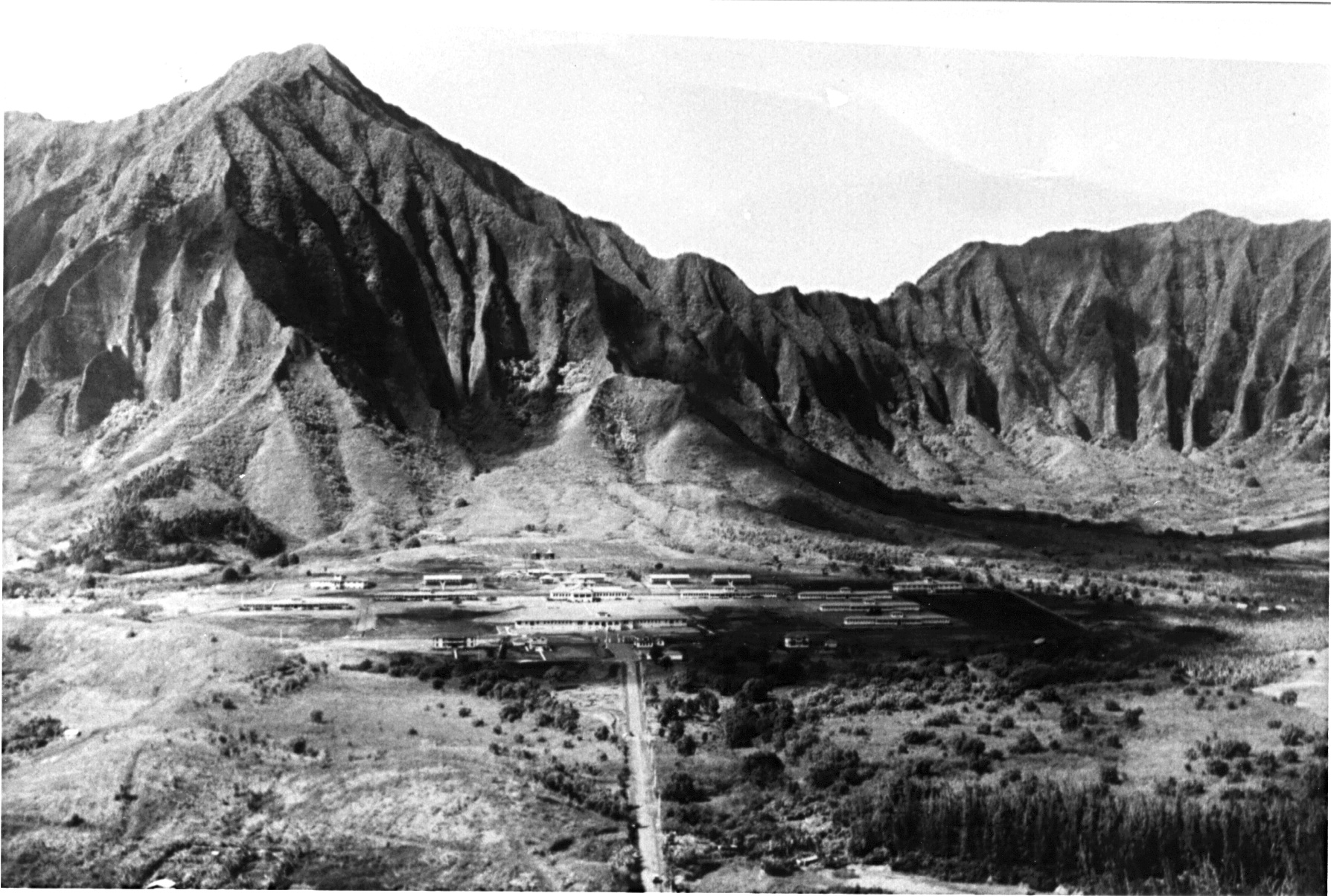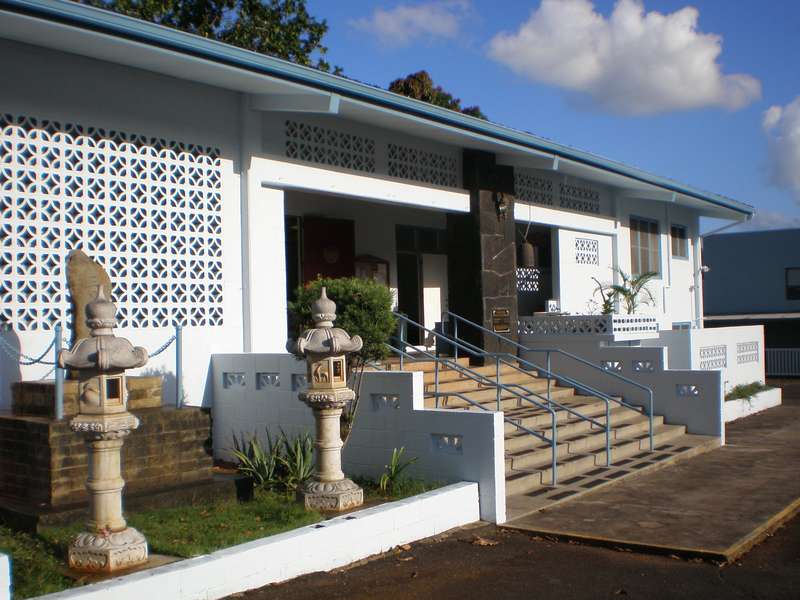
Throughout the nineteenth century the native Hawaiian population declined, by some estimates by about one-half. At the same time, large-scale agriculture cultivation began resulting in a severe labor shortage which caused alarm within the nation of Hawaii. Bringing willing foreign contract labor into Hawaii was the only answer to the labor shortage. Thus, in 1868 the Hawaiian Counsel in Japan recruited 148 Japanese immigrants.
King David Kalakaua in 1876 sent word to the Emperor of Japan that Hawaii had a continued interest in Japanese immigration; this was the same year in which the Reciprocity Treaty was negotiated as well.
February 8, 1885, the first group of 944 government-sponsored contract laborers arrived on the sailing vessel, City of Tokio. They were referred to as Gannenmono (the "undesireables") who became known as the "People of the First Year" of Emperor Meiji's reign (1868-1912.) This first group of laborers was made up of people from various walks of life (artists, hairdressers, cooks, and others) hardly prepared to cope with the rigors of agricultural work much less sugar plantation labor. The sugar mills required a wide range of manual skills: attending to machines used in washing and crushing the stalks to extract the juice; boiling and clarifying the juice; condensing and crystallizing the sugar; bagging and transporting the product. Preparing the land for planting, cutting the seed cane, planting irrigating, fertilizing, weeding, cutting, and loading the harvested cane into wagons, railroad cars, or flumes turned out to be backbreaking labor with long hours.
Since most of the immigrants had come from Japan's southwestern prefectures where Jodo Shinshu adherents were predominant, it was inevitable that this denomination would become important. In 1899, Rev. Kenryu Yamada of the Higashi Hongwanji from Aichi-ken taught Japanese to immigrants' children and preached Shinshu teachings in Waimea, Kauai. After returning to Japan he asked Otani-ha (Higashi) headquarters to dispatch ministers to Hawaii. Reverend Shizuka Sazanami (Higashi-sect) traveled from Japan to Waimea, Kauai and founded the Waimea Higashi Hongwanji Temple.
By 1904, working conditions on the plantation had deteriorated and pay failed to get better. As a result, the Japanese contract plantation workers struck against the Waipahu Plantation, the brewing labor struggles in the plantations were getting more rebellious. In fact, these labor struggles became an important factor in the establishment of several Buddhist temples. The turning point was the result of the 1904 Waipahu Plantation strike, where Bishop Yemyo Imamura preached infinite compassion of Buddha to the striking Japanese laborers, which settled the strike. Plantation managers then saw a benefit of the Buddhists teachings (plantation owners preferred Christianity.) Religion helped stabilize the Japanese immigrant work force and sometimes succeeded in persuading laborers that their rewards should be expected in the next life rather than in the next pay period. It was with appreciation that plantations give or set aside land to establish Buddhist temples. One can now see that the locations of Buddhist temples were in plantation communities where there were Japanese contract workers. By the end of 1907, there were more than 30 Buddhist temples in Hawaii.
A temporary Higashi Hongwanji Betsuin was established in the Kalihi-Palama area of Honolulu on Kukui Street in March of 1916. In September of the same year, Reverend Doi moved into a new building on the corner of Smith and Maunakea Streets, which was dedicated as the Higashi Hongwanji Honolulu Mission by the Honzan (main temple headquartered in Kyoto) in 1919.
Shortly afterward, Reverends Tenran Mori and Houn Tamayose arrived 1920 to be stationed in the Honolulu Mission. The site for a Moiliili chapel was purchased on February 1, 1921. The Honolulu Mission moved to North King Street in Palama in same year. In April of 1923, Reverend Kyuyu Sawai from Fukui-ken was assigned to the post of resident minister, and in May of 1924 the Kaneohe chapel was established and placed under the jurisdiction of the Hawaii Betsuin.

